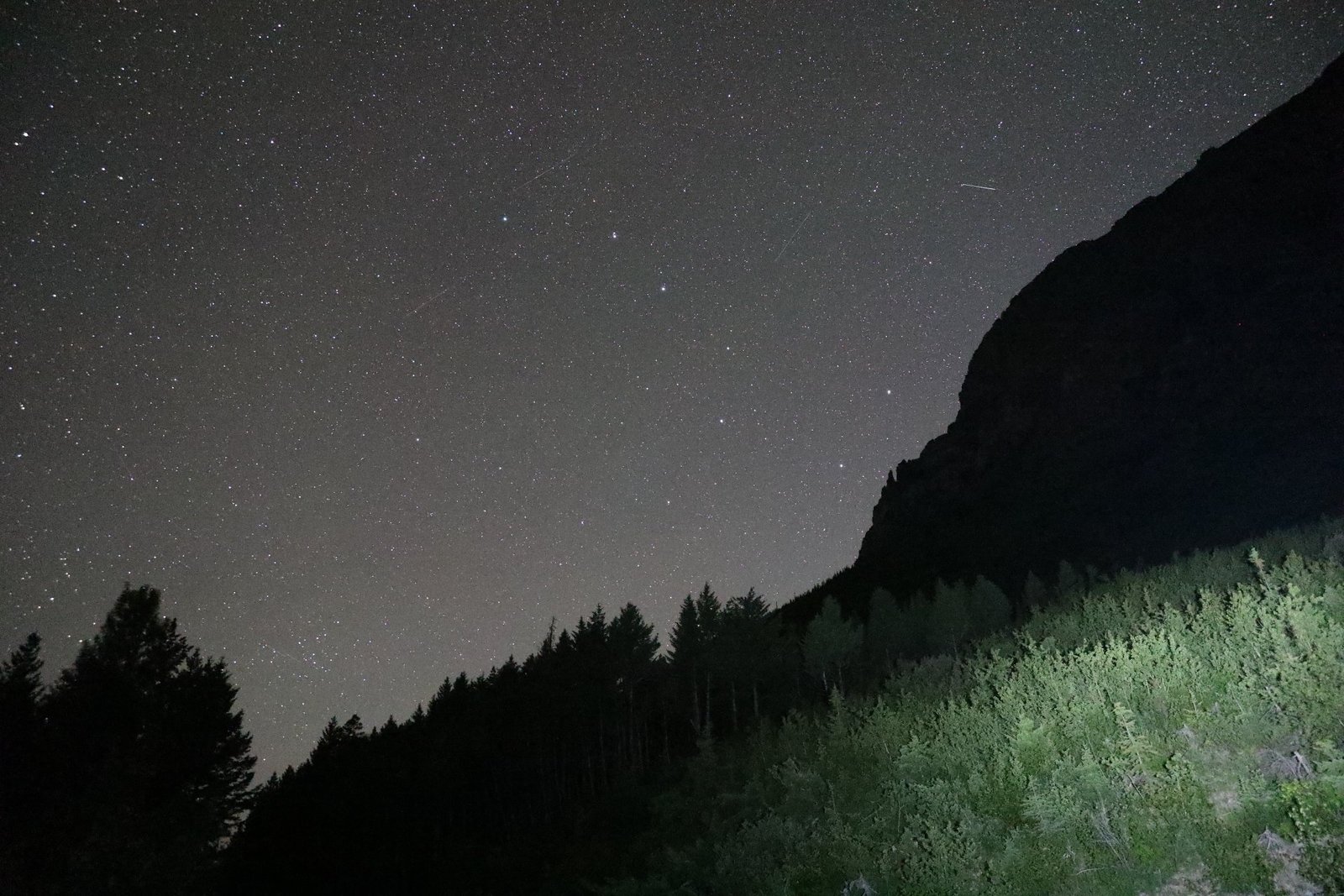Contrary to claims of glacier growth, Glacier National Park’s ice formations are rapidly retreating. Scientific studies consistently show significant glacier loss over the past century. This fact check examines the current status of glaciers in the park, methodologies used to measure changes, and the implications of this ongoing retreat for the park’s ecosystem and beyond.
Are Glaciers in Glacier National Park Actually Growing?

The short answer is no. Despite occasional claims to the contrary, the glaciers in Glacier National Park are not growing. In fact, they are consistently shrinking at an alarming rate. Let’s delve into the facts and figures that support this conclusion.
What Does the Data Say About Glacier Retreat?
Scientific data paints a clear picture of glacier retreat in Glacier National Park:
- Between 1966 and 2015, the total surface area of the 37 named glaciers decreased by approximately 34%.
- As of 2022, only 25 active glaciers remain in the park, down from 150 at the end of the Little Ice Age around 1850.
- The average glacier loss over the last 50 years is 39%, with some glaciers losing at least 85% of their size.
These statistics demonstrate a consistent trend of glacier shrinkage rather than growth.
How Do Scientists Measure Glacier Changes?
Researchers employ various methods to track glacier changes:
- Aerial and satellite imagery
- GPS measurements
- Field observations
- Photographic comparisons from consistent vantage points
- Stakes embedded in the ice to measure thickness changes
The U.S. Geological Survey (USGS) and the National Park Service are key institutions involved in monitoring these changes. They use geospatial computer models to predict future glacier behavior based on historical melting rates.
What Are the Latest Research Findings?

Recent studies have provided more detailed insights into the state of Glacier National Park’s glaciers:
- Accelerated Retreat: The rate of glacier retreat has increased in recent decades.
- Surface Area Reduction: Every named glacier in the park has decreased in size since 1966.
- Mass Balance: Glaciers are losing mass due to increased summer melting outpacing winter snowfall.
A study by the USGS analyzed aerial images from 1966, 1998, 2005, and 2015, confirming the trend of shrinking surface areas. While three glaciers temporarily gained some area during this period, the overall trend remains one of retreat.
What Are the Implications of Glacier Retreat?
The rapid retreat of glaciers in Glacier National Park has far-reaching consequences:
- Ecosystem Impact: Changes in glacier size affect local flora and fauna.
- Water Resources: Reduced glacial melt alters streamflow patterns, affecting downstream water availability.
- Climate Indicator: Glacier retreat serves as a visible and measurable indicator of climate change.
- Tourism: The loss of glaciers may impact the park’s appeal to visitors.
How Does This Compare to Historical Glacier Patterns?
To understand the current situation, it’s essential to consider historical context:
| Time Period | Number of Glaciers | Average Glacier Size |
|---|---|---|
| 1850 (End of Little Ice Age) | 150 | Significantly larger |
| 1966 | 37 named glaciers | Baseline for modern measurements |
| 2022 | 25 active glaciers | 34% smaller than 1966 |
This table illustrates the dramatic decrease in both the number and size of glaciers over time. While glacier retreat began at the end of the Little Ice Age, the rate of loss has accelerated in recent decades, largely attributed to anthropogenic climate change.
What Misconceptions Exist About Glacier Growth in the Park?
Several misconceptions contribute to the false notion of glacier growth in Glacier National Park:
- Temporary Fluctuations: Short-term weather patterns can cause temporary glacier expansion, leading to misinterpretation of long-term trends.
- Snowfall vs. Glacier Growth: Heavy snowfall years can be mistaken for glacier growth, when in fact it’s a temporary accumulation.
- Selective Data Interpretation: Cherry-picking data from specific years or glaciers can create a false impression of overall growth.
- Confusion with Other Regions: Reports of glacier growth in other parts of the world may be incorrectly applied to Glacier National Park.
How Can Visitors Witness Glacier Changes Firsthand?
For those interested in observing glacier retreat in person, Glacier National Park offers several opportunities:
- Grinnell Glacier Overlook: A popular hiking destination that provides a clear view of glacier retreat.
- Sperry Glacier Basin: Accessible via a challenging hike, this area showcases dramatic glacier loss.
- Many Glacier Area: Home to several retreating glaciers visible from various vantage points.
- Glacier Monitoring Programs: The park occasionally offers citizen science programs allowing visitors to participate in glacier monitoring activities.
What Does the Future Hold for Glaciers in the Park?
While predicting exact timelines is challenging, current trends suggest a bleak future for the park’s glaciers:
- Earlier studies predicted most glaciers would disappear by 2030, though this date has been subject to revision.
- Even with immediate and drastic reductions in greenhouse gas emissions, many of the park’s glaciers are likely to disappear within the next few decades.
- The loss of glaciers will have cascading effects on the park’s ecosystems, hydrology, and overall character.
In conclusion, the claim that glaciers are growing in Glacier National Park is not supported by scientific evidence. The overwhelming data points to a consistent and accelerating trend of glacier retreat, serving as a stark reminder of the impacts of climate change on our natural world.
References:
1. Glacier’s Glaciers – National Park Service
2. A Postcard from Glacier National Park, Where the Glaciers Are Shrinking
3. A Closer Look: Glaciers in Glacier National Park | US EPA